
About the Authors
Steven Crook , an Englishman who has made Taiwan his home for the past twenty-seven years, has been writing about travel, culture, business, and environmental issues as well as food since 1996. He is the author of three previous books, including Taiwan: The Bradt Travel Guide (the third edition of which will appear in early 2019).
Katy Hui-wen Hung is a Taipei native and an avid collector of recipes and culinary stories. She has assisted a number of US-based food writers assigned to report on the citys culinary landscape.
A Culinary History
of Taipei
Big City Food Biographies Series
Series Editor
Ken Albala, University of the Pacific, kalbala@pacific.edu
Food helps define the cultural identity of cities in much the same way as the distinctive architecture and famous personalities. Great cities have one-of-a-kind food cultures, offering the essence of the multitudes who have immigrated there and shaped foodways through time. The Big City Food Biographies series focuses on those metropolises celebrated as culinary destinations, with their iconic dishes, ethnic neighborhoods, markets, restaurants, and chefs. Guidebooks to cities abound, but these are real biographies that will satisfy readers desire to know the full food culture of a city. Each narrative volume, devoted to a different city, explains the history, the natural resources, and the people that make that citys food culture unique. Each biography also looks at the markets, historic restaurants, signature dishes, and great cookbooks that are part of the citys gastronomic make-up.
Books in the Series
New Orleans: A Food Biography , by Elizabeth M. Williams
San Francisco: A Food Biography , by Erica J. Peters
New York City: A Food Biography , by Andrew F. Smith
Portland: A Food Biography , by Heather Arndt Anderson
Chicago: A Food Biography , by Daniel R. Block and Howard B. Rosing
Kansas City: A Food Biography , by Andrea L. Broomfield
Rio de Janeiro: A Food Biography , by Marcia Zoladz
Madrid: A Culinary History , by Maria Paz Moreno
The Food and Drink of Sydney: A History , by Heather Hunwick
A History of the Food of Paris: From Roast Mammoth to Steak Frites ,
by Jim Chevallier
The Food and Drink of Seattle: From Wild Salmon to Craft Beer ,
by Judith Dern, with Deborah Ashin
A Culinary History of Taipei: Beyond Pork and Ponlai ,
by Steven Crook and Katy Hui-wen Hung
Published by Rowman & Littlefield
An imprint of The Rowman & Littlefield Publishing Group, Inc.
4501 Forbes Boulevard, Suite 200, Lanham, Maryland 20706
www.rowman.com
Unit A, Whitacre Mews, 26-34 Stannary Street, London SE11 4AB
Copyright 2018 by The Rowman & Littlefield Publishing Group, Inc.
All rights reserved . No part of this book may be reproduced in any form or by any electronic or mechanical means, including information storage and retrieval systems, without written permission from the publisher, except by a reviewer who may quote passages in a review.
British Library Cataloguing in Publication Information Available
Library of Congress Cataloging-in-Publication Data
Names: Crook, Steven, author. | Hung, Katy Hui-wen, 1958 author.
Title: A culinary history of Taipei : beyond pork and ponlai / Steven Crook and Katy Hui-wen Hung.
Description: Lanham : Rowman & Littlefield, [2018] | Series: Big city food biographies series | Includes bibliographical references and index.
Identifiers: LCCN 2018016730 (print) | LCCN 2018017910 (ebook) | ISBN 9781538101384 (electronic) | ISBN 9781538101377 (cloth : alk. paper)
Subjects: LCSH: FoodTaiwanTaipei. | Food industry and tradeTaiwanTaipeiHistory. | Food habitsTaiwanTaipeiHistory. | GrocersTaiwanTaipeiHistory. | RestaurantsTaiwanTaipei. | Cooking, ChineseTaiwan style.
Classification: LCC TX360.C63 (ebook) | LCC TX360.C63 T354 2018 (print) | DDC 641.300951249dc23
LC record available at https://lccn.loc.gov/2018016730
 The paper used in this publication meets the minimum requirements of American National Standard for Information SciencesPermanence of Paper for Printed Library Materials, ANSI/NISO Z39.48-1992.
The paper used in this publication meets the minimum requirements of American National Standard for Information SciencesPermanence of Paper for Printed Library Materials, ANSI/NISO Z39.48-1992.
Printed in the United States of America
Big City Food BiographiesSeries Foreword
C ities are rather like living organisms. There are nerve centers, circulatory systems, structures that hold them together, and of course conduits through which food enters and waste leaves the city. Each city also has its own unique personality, based mostly on the people who live there but also on the physical layout, the habits of interaction, and the places where people meet to eat and drink. More than any other factor, it seems that food is used to define the identity of so many cities. Simply say any of the following words and a particular place immediately leaps to mind: bagel, cheesesteak, muffuletta, chowda, and cioppino. Natives, of course, have many more associationstheir favorite restaurants and markets, bakeries and donut shops, pizza parlors, and hot dog stands. Even the restaurants seem to have their own unique vibe wherever you go. Some cities boast great steakhouses or barbecue pits; others, their ethnic enclaves and more elusive specialties like Frito pie in Santa Fe, Cincinnati chili, and the Chicago deep dish pizza. Tourists might find snippets of information about such hidden gems in guidebooks; the inveterate flaneur naturally seeks them out personally. For the rest of us, this is practically unchartered territory.
These urban food biographies are meant to be not guidebooks but rather real biographies, explaining the urban infrastructure, the natural resources that make each city unique, and most importantly the history, people, and neighborhoods. Each volume is meant to introduce you to the city or reacquaint you with an old friend in ways you may never have considered. Each biography also looks at the historic restaurants, signature dishes, and great cookbooks that reflect each citys unique gastronomic makeup.
These food biographies also come at a crucial juncture in our culinary history as a people. Not only do chain restaurants and fast food threaten the existence of our gastronomic heritage, but also we are increasingly mobile as a people, losing our deep connections to place and the cooking that happens in cities over the generations with a rooted population. Moreover, signature dishes associated with individual cities become popularized and bastardized and are often in danger of becoming caricatures of themselves. Ersatz versions of so many classics, catering to the lowest common denominator of taste, are now available throughout the country. Our gastronomic sensibilities are in danger of becoming entirely homogenized. The intent here is not, however, to simply stop the clock or make museum pieces of regional cuisines. Cooking must and will evolve, but understanding the history of each citys food will help us make better choices, will make us more discerning customers, and perhaps will make us more respectful of the wonderful variety that exists across our great nation.
Ken Albala
University of the Pacific
Series Editor
Foreword by the Authors
W hat is Taiwanese cuisine? Several of East Asias culinary traditions are firmly established in Western minds. Japanese cuisine is delicate and subtle. Sichuanese food is bold, pungent, and spicy. The Cantonese have dim sum. But how many outsiders could begin to describe Taiwans culinary personality?
The islands distinctiveness has been muffled by a history of occupation and exploitation that ended only recently. For decades after 1949, the regime in Taipei presented itself to the world as the true government of China, and society here was depicted as a repository of everything that was splendid about pre-Communist China. In food terms, this meant celebrating foodways carried to the island in the late 1940s by refugee chefs and families, while ignoring those developed locally over hundreds or even thousands of years.
Next page

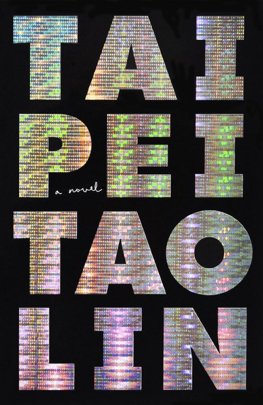
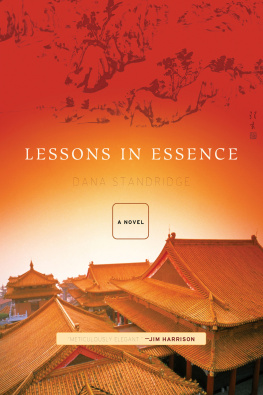

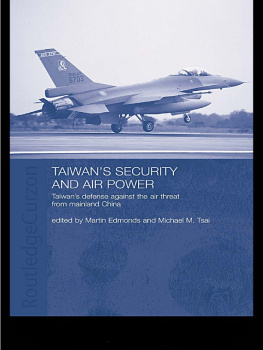


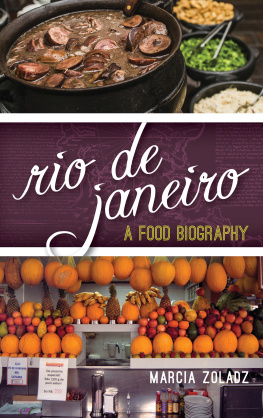

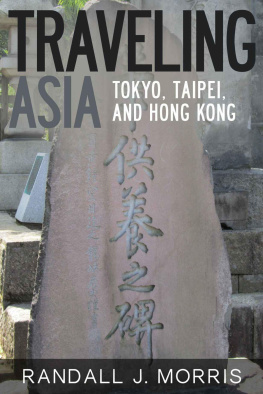


 The paper used in this publication meets the minimum requirements of American National Standard for Information SciencesPermanence of Paper for Printed Library Materials, ANSI/NISO Z39.48-1992.
The paper used in this publication meets the minimum requirements of American National Standard for Information SciencesPermanence of Paper for Printed Library Materials, ANSI/NISO Z39.48-1992.